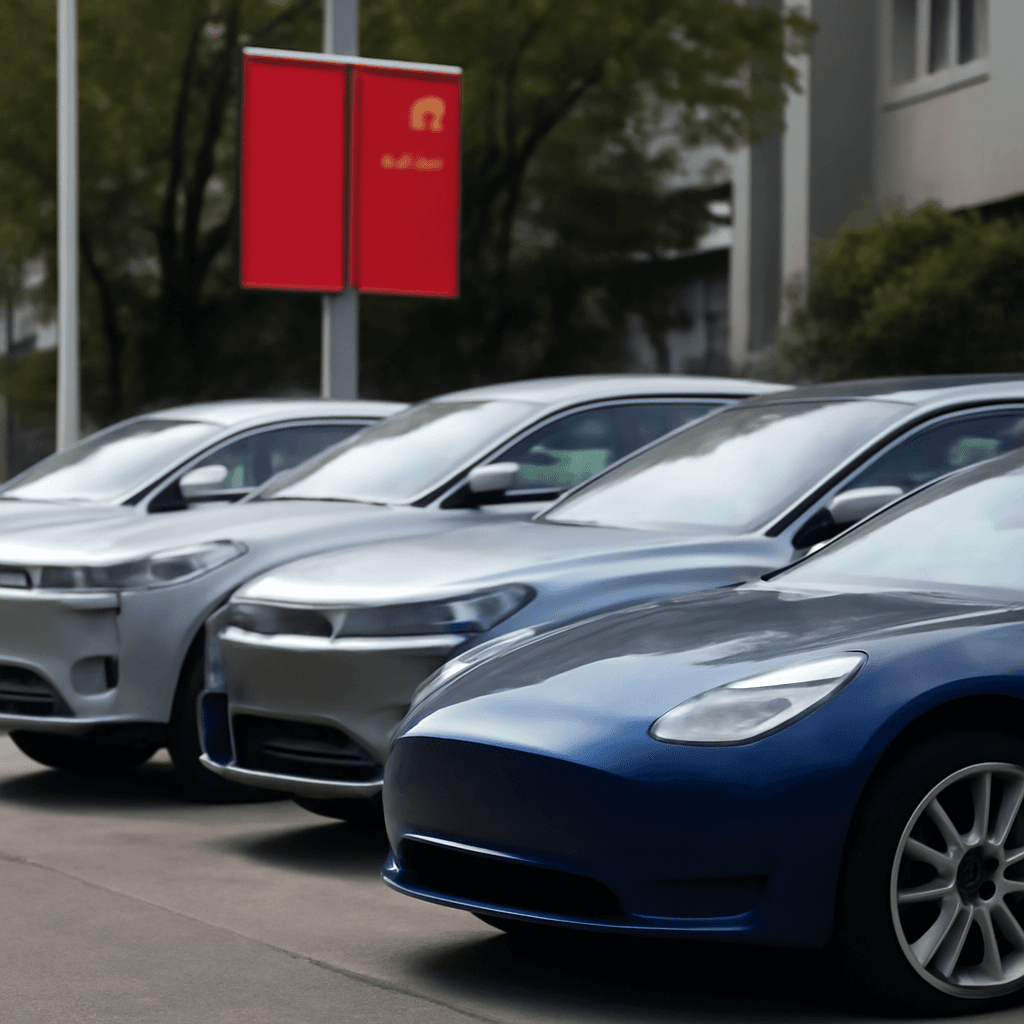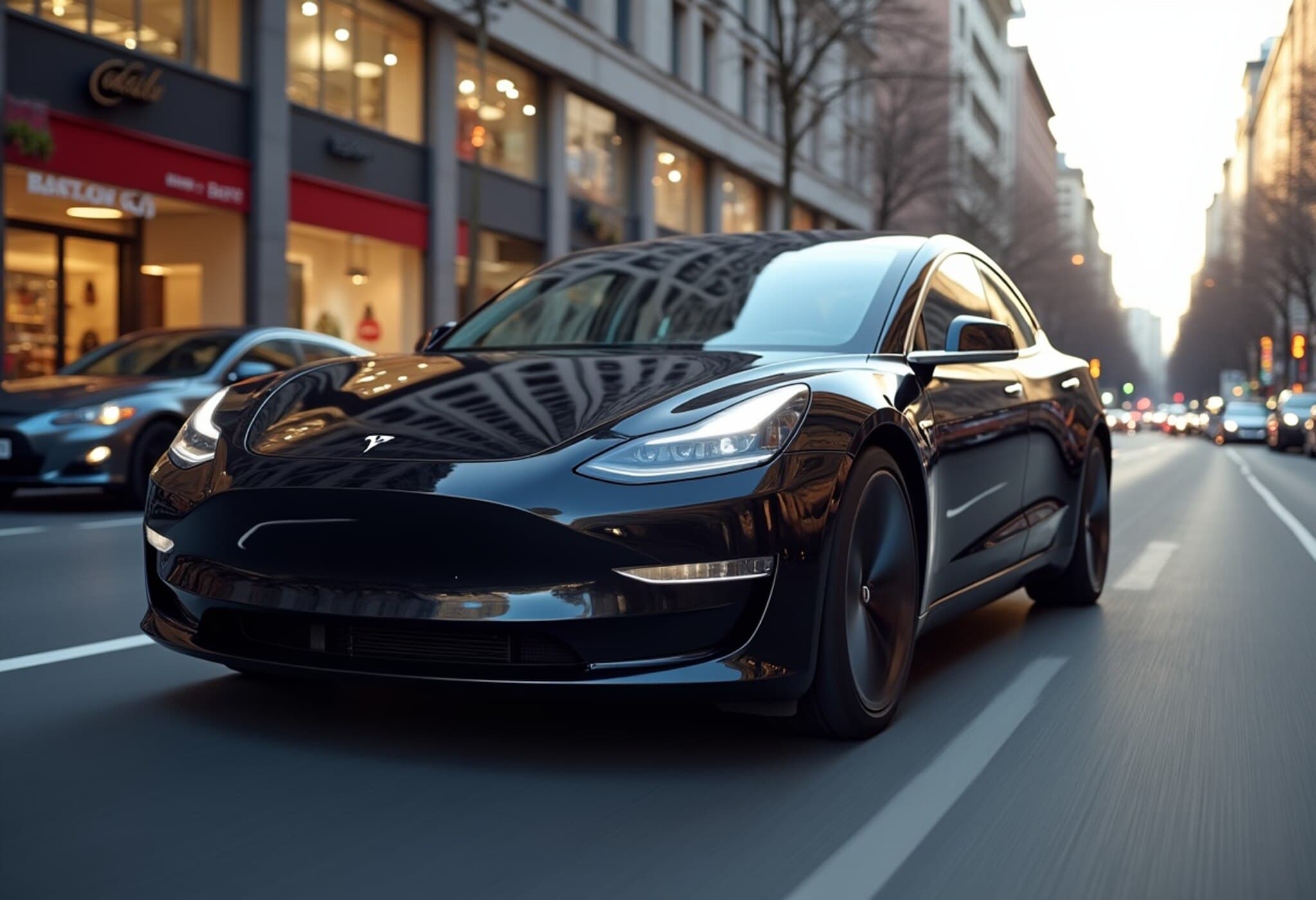Unprecedented Disruption in the Automotive Industry
The automotive sector is undergoing significant transformation amid evolving regulations, rapid electric vehicle (EV) adoption, advances in software technology, and intensifying competition from China. These challenges, accelerated sooner than anticipated, have created considerable uncertainty for automakers and their vehicle development strategies.
Top industry analysis highlights a period of volatility that will shape product planning and market dynamics over the next several years.
Five Critical Insights for Investors
1. Anticipated Billions in EV Write-Downs
Investors should expect substantial financial adjustments as automakers reassess EV investments. A recent $1.9 billion write-down by a major manufacturer, resulting from halted EV projects, signals similar losses ahead industry-wide. The rapid influx of capital into EV initiatives has not yet translated into market returns, prompting tough decisions about future commitments.
2. Shift Back to Core Internal Combustion Engine (ICE) Products
In response to market volatility, many automakers are refocusing on their traditional strengths, particularly internal combustion engine vehicles, to stabilize cash flow. This strategic pivot enables companies to maintain financial health amid ongoing uncertainty about EV demand and regulatory outcomes.
Key quote: "Cash generation will be crucial as companies navigate this uncertain period," notes industry experts.
3. Market Turmoil and Consolidation in China
The world's largest automotive market is facing declining demand compounded by aggressive price wars among numerous domestic brands. This has led to significant reductions in vehicle prices—ranging from 18% to 27% depending on vehicle type—and has pressured profit margins.
The resulting market instability is expected to trigger widespread consolidation within China’s automotive industry. Additionally, while Chinese automakers have yet to substantially penetrate markets such as the U.S., potential future entry raises concerns about protecting domestic industries from excess global capacity.
4. Changing Vehicle Lineup Trends
Automakers are adjusting product release strategies, with a noticeable slowdown in new model introductions expected over the next four years. The previous surge in crossover vehicles—a hybrid category blending SUV and car features—is leveling off for the first time in two decades.
This shift particularly affects manufacturers traditionally strong in crossovers, as well as Japanese automakers who have experienced fluctuating model cycles amid increased focus on conventional cars.
5. Growth Opportunities in Software and Connectivity
Despite investor skepticism in other areas, software and vehicle connectivity represent promising growth sectors. By enhancing vehicle connectivity and leveraging data, automakers and dealerships could tap into a lucrative aftersales market currently estimated at $2.4 trillion globally.
Dealerships currently capture approximately $1.2 trillion in revenue and $53 billion in profits from aftermarket services. There remains an untapped opportunity to expand this revenue through integrated vehicle software and connected services, which could add significant profitability for manufacturers and dealers alike.
Outlook
In summary, the automotive industry faces a complex landscape marked by rapid technological shifts, market realignments, and financial recalibrations. Investors should closely monitor evolving replacement rates, strategic pivots toward core products, market conditions in China, and emerging software opportunities as key factors shaping the future of automotive profitability and competition.










